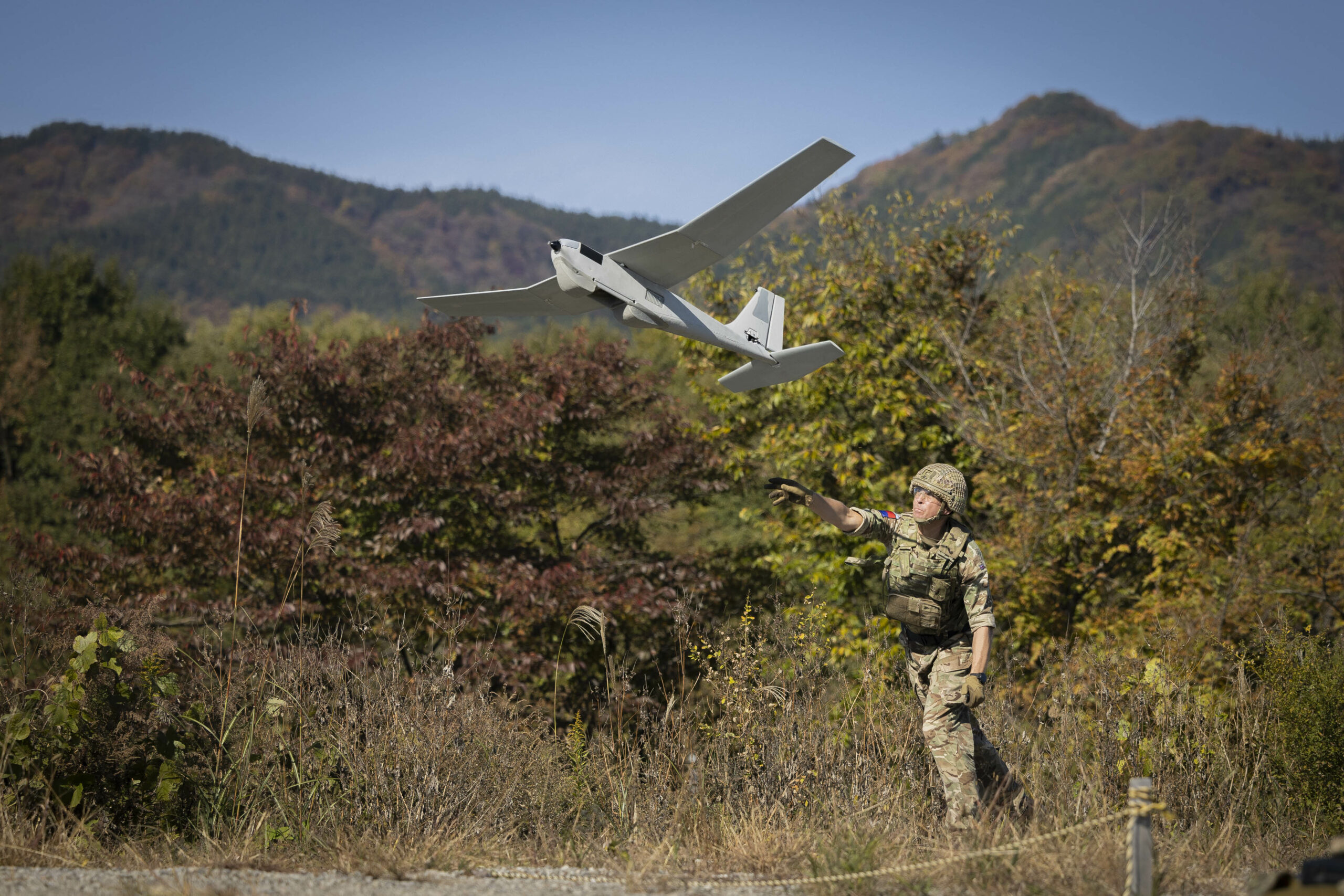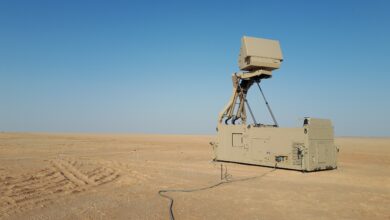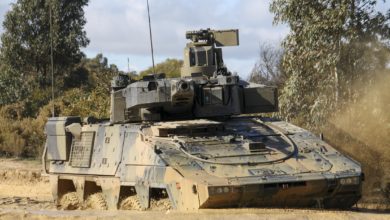The British Army has deployed RQ-20 Puma drones in Japan for the first time to support a mortar live-fire training.
The event was an opportunity to test and refine the 16 Air Assault Brigade Intelligence, Surveillance, and Target Acquisition and Reconnaissance Group’s unmanned aerial system skills.
During the training, nine soldiers from the group’s 21 Air Assault Battery, 32 Regiment Royal Artillery flew the Pumas while working with the 1 Royal Gurkha Rifles mortar operators.
The drones scanned and identified the mortars’ impact locations to make adjustments before the weapon’s live-firing demonstration.
Software was utilized to capture stills of artillery rounds on the ground and plot them for additional corrections, securing the accuracy of the mortars for the following trials.
The aerial vehicles also employed traditional camera footage and infrared imaging to test their day and night capabilities.
“The density altitude here has been a particular challenge for the Puma – it reduces the height we can fly at. The air’s less dense the higher you go and the hotter it gets,” 21 Air Assault Battery Warrant Officer 2 James Easton stated.
Our drones took flight in Japan for the first time during #ExVigilantIsles23, directing mortar fire in live training with @Japan_GSDF 🪖
Members of @16AirAssltBCT put their Uncrewed Aircraft System to the test, refining the power of the UAS 💪https://t.co/23xzhSk4Fo pic.twitter.com/wjfV0tJ4bk
— British Army 🇬🇧 (@BritishArmy) December 13, 2023
Protection From Joint Terminal Attack Controller
Meanwhile, Japanese Air Force F-2 fighter jets carrying British Joint Terminal Attack Controller (JTAC) personnel provided close air support for the Pumas.
JTACs focus on coordinating ground and aerial attacks to protect the British Army, the Royal Navy, and the Air Force while facilitating enemy assaults.
“The JTAC role involves being very self-reliant and requires a huge amount of flexibility in thinking,” JTAC Lead Sgt. Chris Kearney-Williams explained.
“It’s like playing four-dimensional chess with battlespace management, making sure everyone is as safe as possible.”
Showcasing Electronic Warfare
Additionally, a Light Electronic Warfare Team from the 226 Signal Squadron demonstrated Sabertooth, a device that can pinpoint adversarial positions through radio frequency.
Sabertooth allowed the Puma to fly past an area harboring a simulated enemy team and send a live feed to ground-based friendly forces.
“We will find a signal of interest, a frequency that we think the enemy could be using to transmit on, and we will then give a rough distance and direction to the drone to try and get a visual fix on what we think is the enemy,” 226 Signal Squadron Lt. William Kirk said.
“That narrows the frequencies they could be using, then within that we search the spectrum to find the frequency they are using.”











